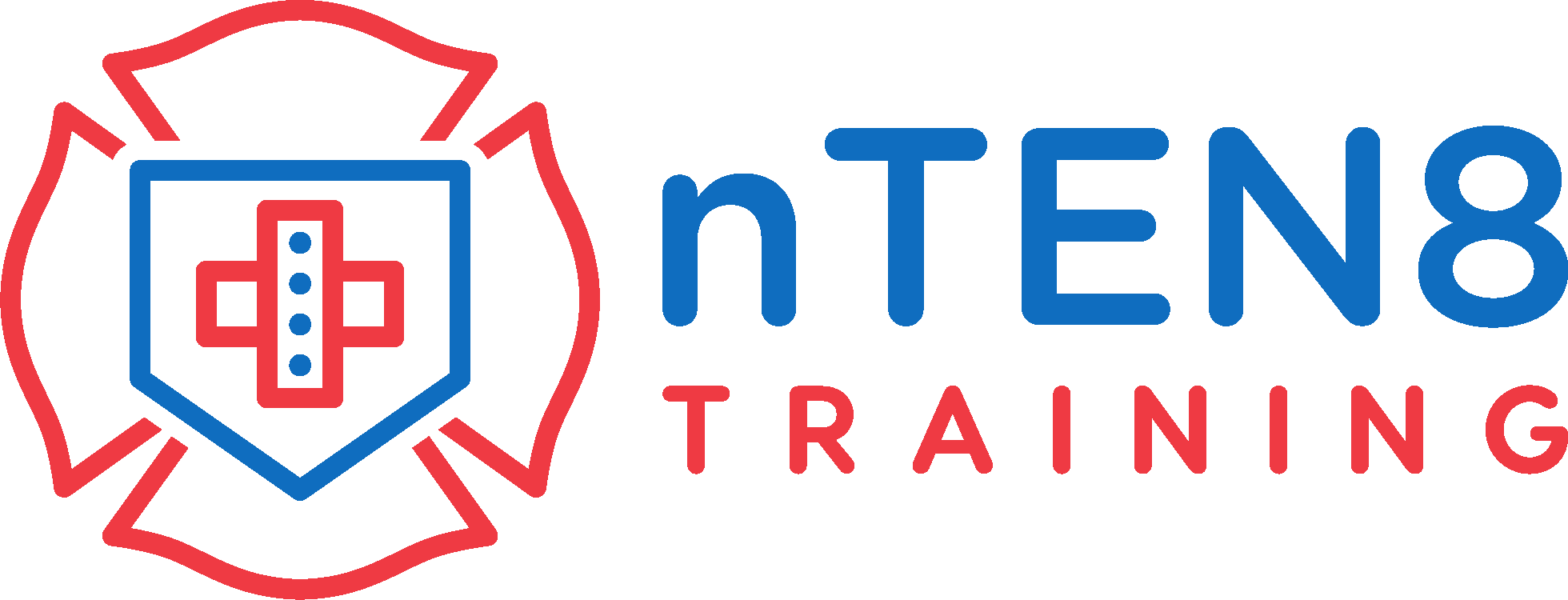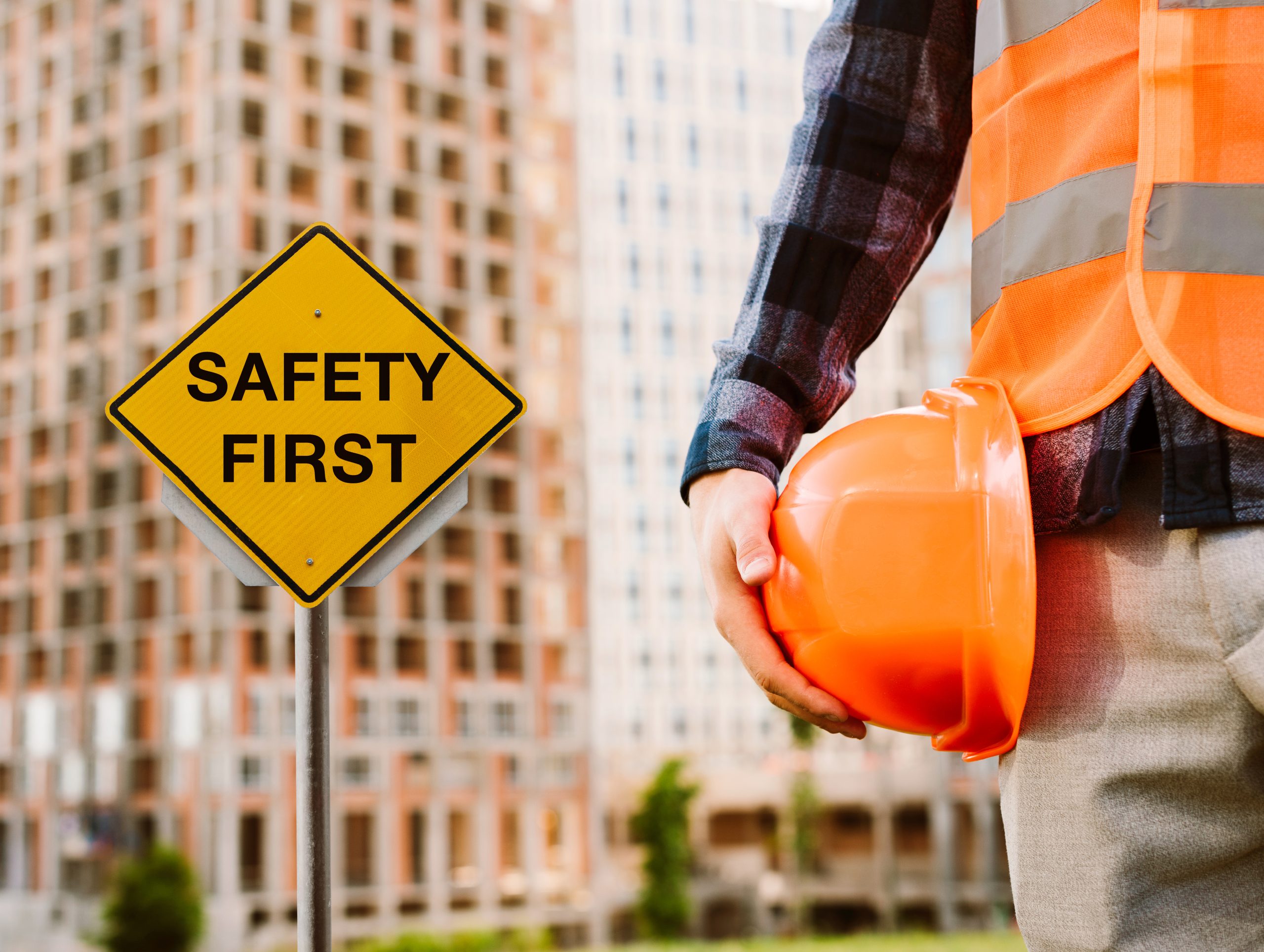Overview of Display Screen Equipment (DSE) Assessment: We'll provide a brief explanation of DSE and discuss why it's important to conduct an accurate assessment. Understanding DSE is the first step to ensuring your comfort and well-being while using it.
Identifying Risks and Hazards: Now that you understand what DSE is, let's examine the potential risks and hazards it can pose. We'll discuss common issues that can arise from incorrect DSE use, such as musculoskeletal pain and eye strain. Understanding these hazards is crucial for effective risk assessment and mitigation.
Comfort and Ergonomics: Next, we'll explore ergonomics and how to adjust your DSE for optimal comfort and efficiency. Learn about proper keyboard placement, monitor positioning, and chair and desk heights to reduce physical strain. Prioritizing ergonomics is key to maintaining a healthy DSE setup.
Regular Assessment Procedures: We'll also discuss the importance of regularly assessing your DSE setup. Your DSE needs may change over time, so it's important to adapt your setup accordingly. Learn simple methods for self-assessment and adjustment to ensure ongoing safety and comfort.
Practical Advice and Resources: Finally, we'll provide you with a toolkit of practical advice and resources to help you assess your DSE. From online tutorials to ergonomic equipment, you'll discover where to find helpful support and guidance in optimizing your DSE setup.





